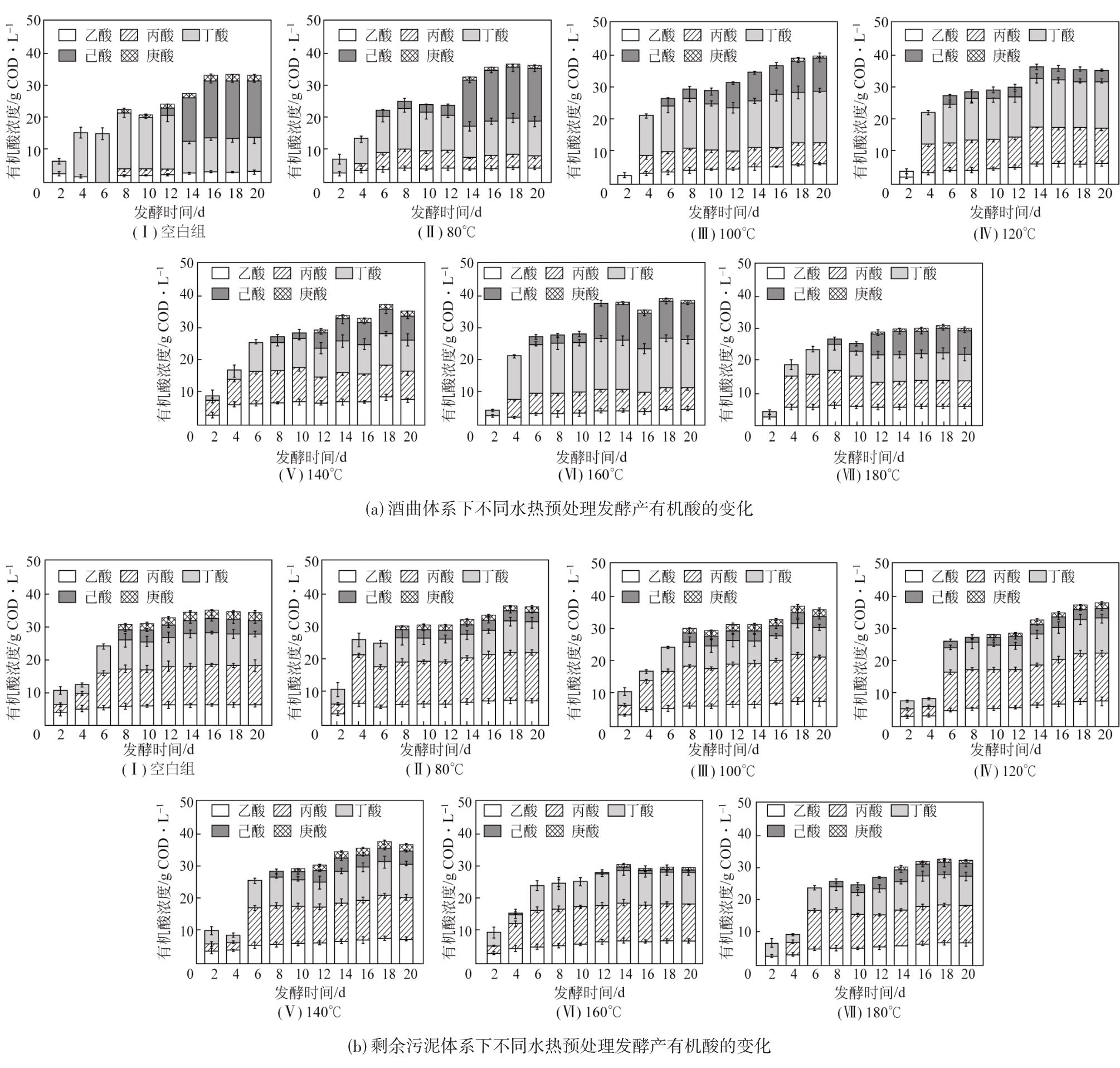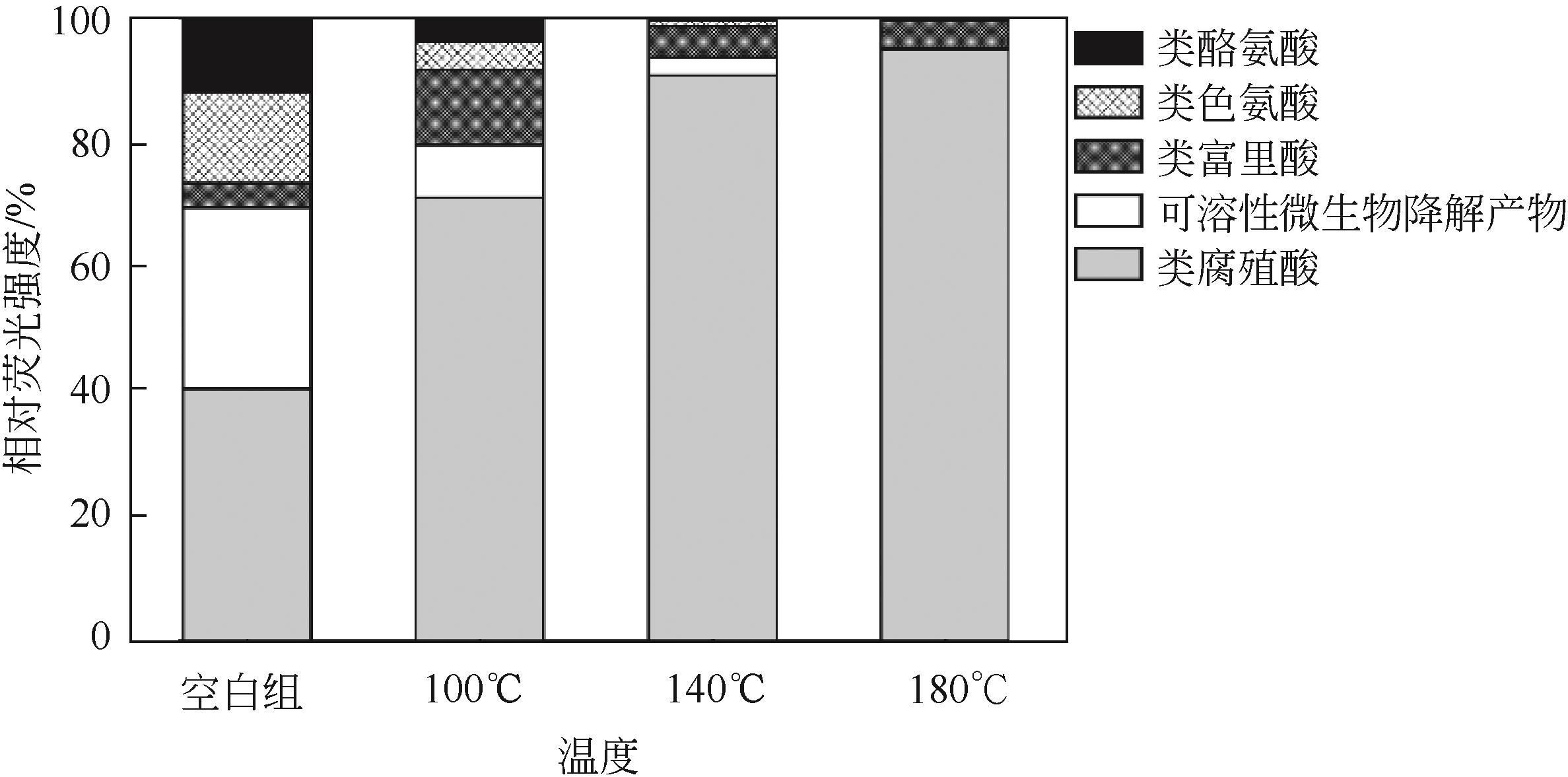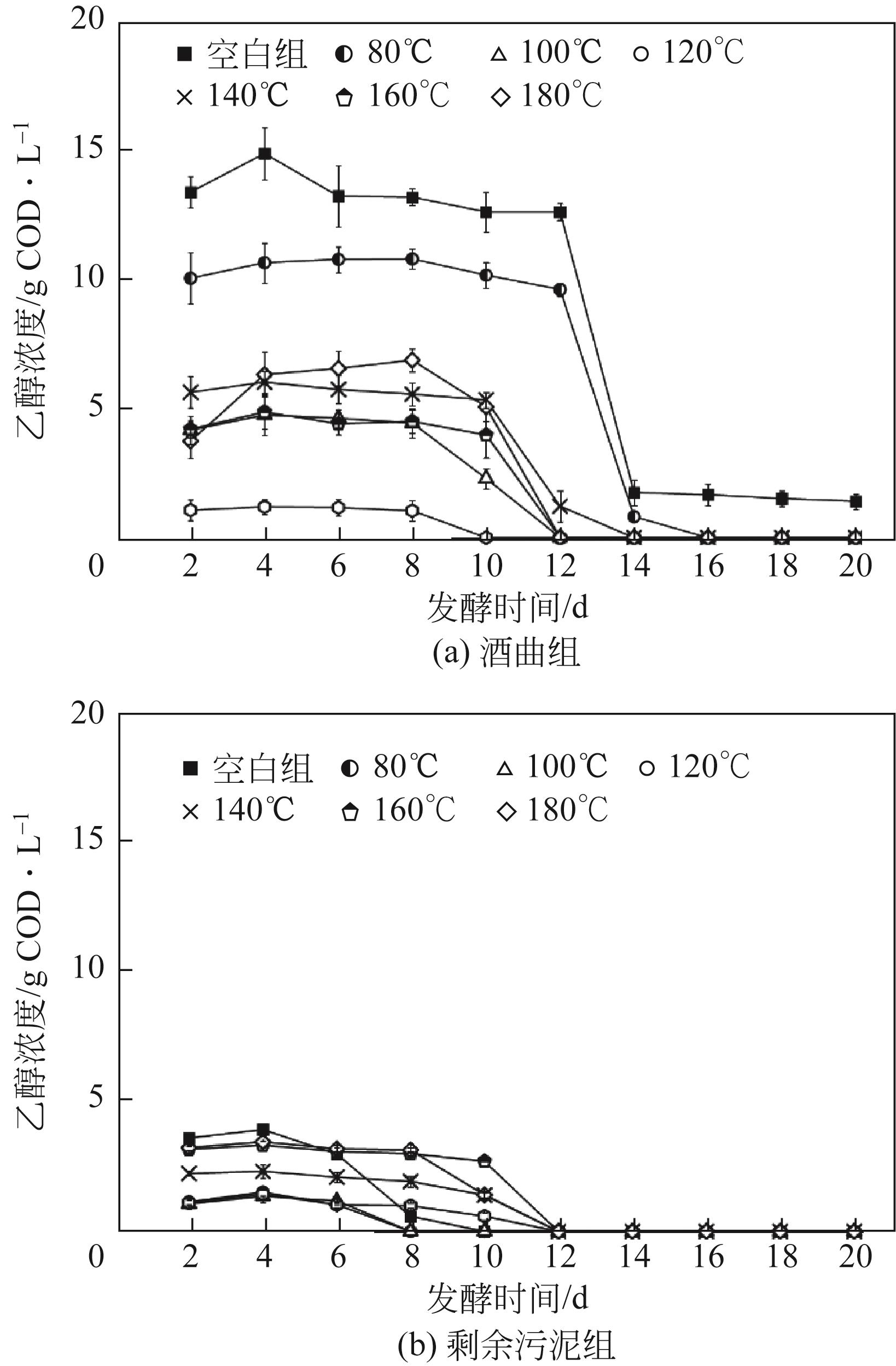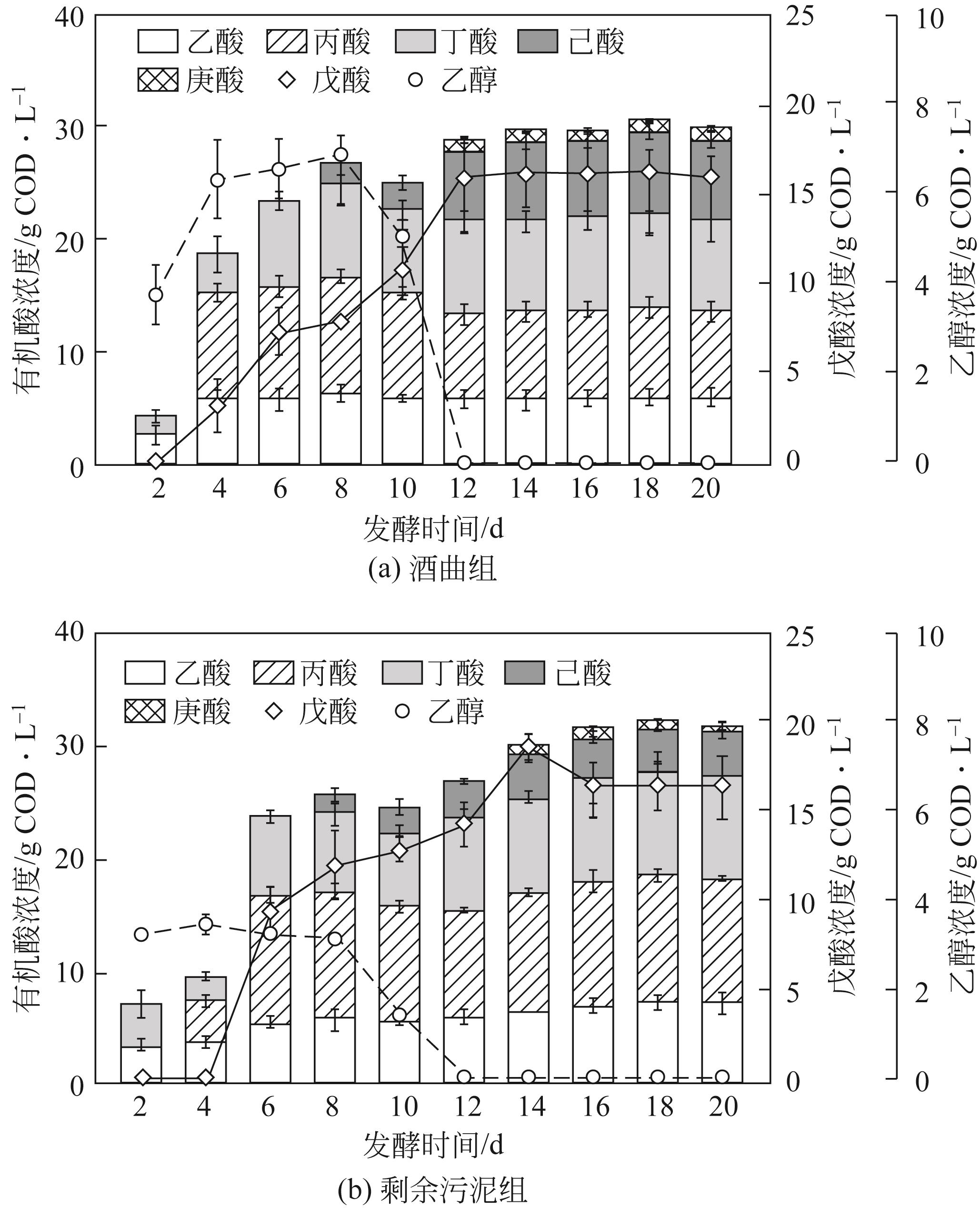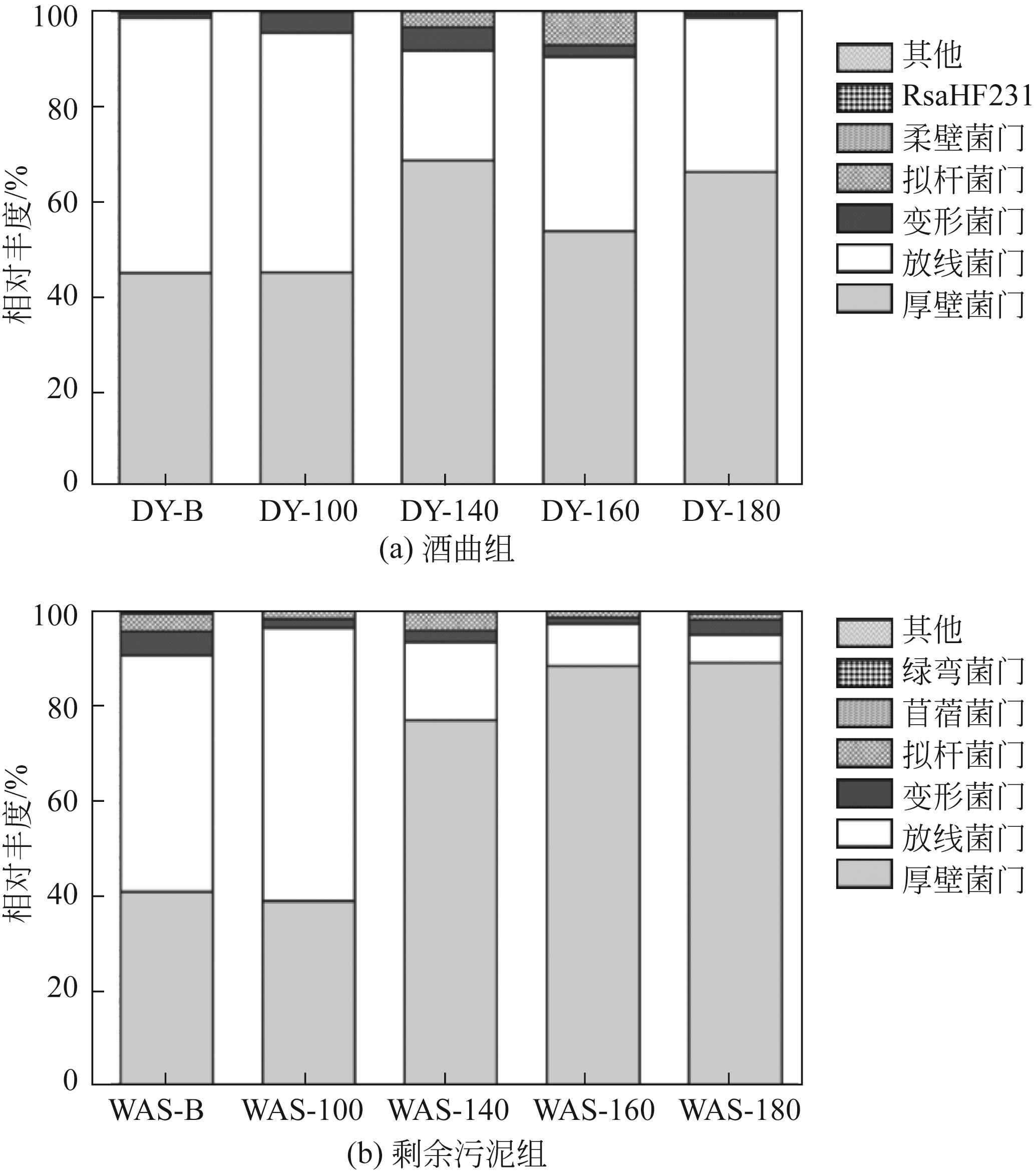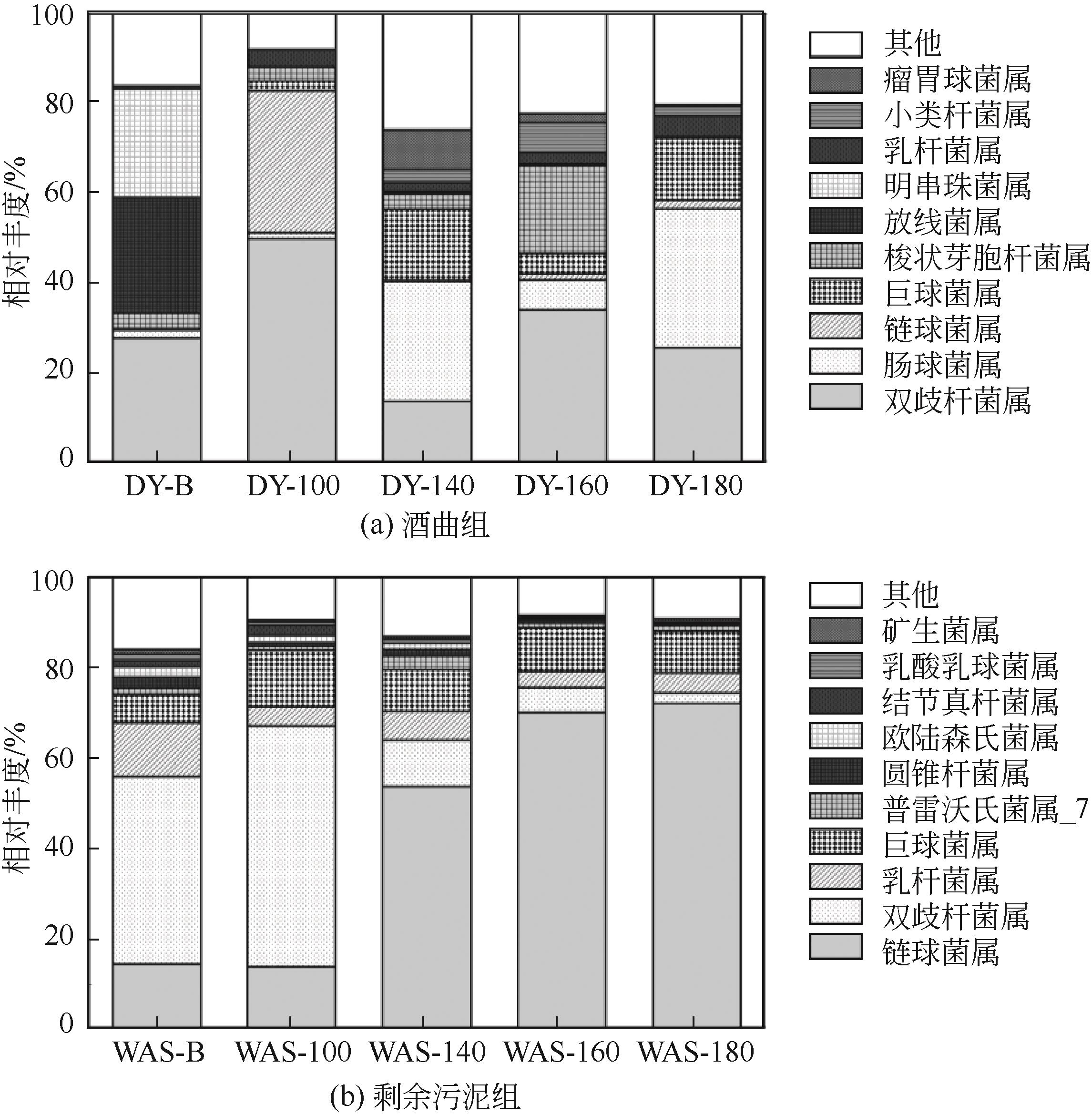| 1 |
陈雨佳. Fe3O4介导提升厌氧发酵定向生产奇/偶数碳VFAs效能的研究[D]. 广州: 广州大学, 2022.
|
|
CHEN Yujia. Study on Fe3O4 mediated improvement of the efficiency of directional production of odd/even carbon VFAs by anaerobic fermentation[D]. Guangzhou: Guangzhou University, 2022.
|
| 2 |
SHI Binfang, HUANG Jingang, YIN Zhenjiang, et al. Riboflavin boosts fermentative valeric acid generation from waste activated sludge[J]. BioResources, 2020, 15(2): 3962-3969.
|
| 3 |
LANGE Jean-Paul, PRICE Richard, AYOUB Paul M, et al. Valeric biofuels: A platform of cellulosic transportation fuels[J]. Angewandte Chemie International Edition, 2010, 49(26): 4479-4483.
|
| 4 |
易悦, 王慧中, 郑丹, 等. 丁酸和戊酸互营氧化产甲烷微生物学研究进展[J]. 中国沼气, 2017, 35(3): 3-10.
|
|
YI Yue, WANG Huizhong, ZHENG Dan, et al. Microbiology research progress of syntrophic butyrate and valerate oxidization producing methane[J]. China Biogas, 2017, 35(3): 3-10.
|
| 5 |
BISSELINK Roel J M, CROCKATT Marc, ZIJLSTRA Martin, et al. Identification of more benign cathode materials for the electrochemical reduction of levulinic acid to valeric acid[J]. ChemElectroChem, 2019, 6(13): 3285-3290.
|
| 6 |
GRESES Silvia, Elia TOMÁS-PEJÓ, Cristina GONZÁLEZ-FERNÁNDEZ. Food waste valorization into bioenergy and bioproducts through a cascade combination of bioprocesses using anaerobic open mixed cultures[J]. Journal of Cleaner Production, 2022, 372: 133680.
|
| 7 |
张艳艳, 白佳喆, 左剑恶. 己酸菌富集及其利用餐厨垃圾产己酸的研究[J]. 中国环境科学, 2022, 42(6): 2724-2733.
|
|
ZHANG Yanyan, BAI Jiazhe, ZUO Jian’e. Enrichment of caproate bacteria and its application in caproic acid production from food waste[J]. China Environmental Science, 2022, 42(6): 2724-2733.
|
| 8 |
WANG J L, YIN Y N. Biological production of medium-chain carboxylates through chain elongation: An overview[J]. Biotechnology Advances, 2022, 55: 107882.
|
| 9 |
GROOTSCHOLTEN T I M, STEINBUSCH K J J, HAMELERS H V M, et al. High rate heptanoate production from propionate and ethanol using chain elongation[J]. Bioresource Technology, 2013, 136: 715-718.
|
| 10 |
Ramon GANIGUÉ, NAERT Pieter, CANDRY Pieter, et al. Fruity flavors from waste: A novel process to upgrade crude glycerol to ethyl valerate[J]. Bioresource Technology, 2019, 289: 121574.
|
| 11 |
SPIRITO Catherine M, RICHTER Hanno, RABAEY Korneel, et al. Chain elongation in anaerobic reactor microbiomes to recover resources from waste[J]. Current Opinion in Biotechnology, 2014, 27: 115-122.
|
| 12 |
郭志超,徐先宝,徐婷婷,等. 接种不同菌源的餐厨垃圾发酵代谢途径及产己酸效能分析[J]. 环境工程,2021, 39(9): 160-168.
|
|
GUO Zhichao, XU Xianbao, XU Tingting, et al. Analysis on fermentation pathway and caproate production from food waste by different inoculum[J]. Environmental Engineering, 2021, 39(9): 160-168.
|
| 13 |
刘昊鹏. 不同电子供体对微生物碳链延长合成中链脂肪酸的影响及机理研究[D]. 北京: 北京化工大学, 2021.
|
|
LIU Haopeng. The study of medium chain fatty acid prodcution through chain elongation with different electron donor[D]. Beijing: Beijing University of Chemical Technology, 2021.
|
| 14 |
TAHERZADEH Mohammad J, KARIMI Keikhosro. Fermentation inhibitors in ethanol processes and different strategies to reduce their effects[M]//Biofuels. Amsterdam: Elsevier, 2011: 287-311.
|
| 15 |
TAUER Andreas, ELSS Sandra, FRISCHMANN Matthias, et al. Influence of thermally processed carbohydrate/amino acid mixtures on the fermentation by Saccharomyces cerevisiae [J]. Journal of Agricultural and Food Chemistry, 2004, 52(7): 2042-2046.
|
| 16 |
全威. 马铃薯制品中三类美拉德反应危害物的形成及其对健康的影响[D]. 无锡: 江南大学, 2021.
|
|
QUAN Wei. The formation and health effects of three kinds of Maillard reaction harmful products from potato products[D]. Wuxi: Jiangnan University, 2021.
|
| 17 |
VERAS S T S, CAVALCANTE W A, GEHRING T A, et al. Anaerobic production of valeric acid from crude glycerol via chain elongation[J]. International Journal of Environmental Science and Technology, 2020, 17(3): 1847-1858.
|
| 18 |
罗锦. 泔脚废油脂厌氧发酵定向生成奇数碳VFAs的优化及长链脂肪酸的影响[D]. 广州: 广州大学, 2021.
|
|
LUO Jin. Directional optimization of odd-carbon VFAs production from hogwash waste grease by anaerobic fermentation and the effect of long-chain fatty acids[D]. Guangzhou: Guangzhou University, 2021.
|
| 19 |
李琦. 污泥干式厌氧发酵过程中腐殖酸的转化规律及其对产甲烷的影响[D]. 太原: 太原理工大学, 2019.
|
|
LI Qi. The transformation of humic acid in sludge dry anaerobic fermentation and its effect on methane production[D]. Taiyuan: Taiyuan University of Technology, 2019.
|
| 20 |
LI Jun, ZHANG Wenjuan, LI Xiang, et al. Production of lactic acid from thermal pretreated food waste through the fermentation of waste activated sludge: Effects of substrate and thermal pretreatment temperature[J]. Bioresource Technology, 2018, 247: 890-896.
|
| 21 |
COMA M, VILCHEZ-VARGAS R, ROUME H, et al. Product diversity linked to substrate usage in chain elongation by mixed-culture fermentation[J]. Environmental Science & Technology, 2016, 50(12): 6467-6476.
|
| 22 |
YIN Jun, LIU Jiaze, CHEN Ting, et al. Influence of melanoidins on acidogenic fermentation of food waste to produce volatility fatty acids[J]. Bioresource Technology, 2019, 284: 121-127.
|
| 23 |
ANGENENT Largus T, RICHTER Hanno, BUCKEL Wolfgang, et al. Chain elongation with reactor microbiomes: open-culture biotechnology to produce biochemicals[J]. Environmental Science & Technology, 2016, 50(6): 2796-2810.
|
| 24 |
吴清莲. 乙醇和乳酸引导的碳链增长技术生产中链羧酸的研究[D]. 哈尔滨: 哈尔滨工业大学, 2019.
|
|
WU Qinglian. Study on medium chain carboxylic acid production from chain elongation technology induced by ethanol and lactate[D]. Harbin: Harbin Institute of Technology, 2019.
|
| 25 |
WU Qinglian, GUO Wanqian, BAO Xian, et al. Upgrading liquor-making wastewater into medium chain fatty acid: Insights into co-electron donors, key microflora, and energy harvest[J]. Water Research, 2018, 145: 650-659.
|
| 26 |
苑荣雪. 基于剩余污泥厌氧发酵产物合成中链脂肪酸的可行性研究[D]. 上海: 上海交通大学, 2020.
|
|
YUAN Rongxue. Study on medium chain fatty acids biosynthesis base on anaerobic fermentation products of waste activated sludge[D]. Shanghai: Shanghai Jiao Tong University, 2020.
|
| 27 |
XU Xianbao, GU Xia, YE Tingting, et al. Overcoming carboxylic acid inhibition by granular consortia in high-load liquefied food waste fermentation for efficient lactate accumulation[J]. Journal of Cleaner Production, 2022, 369: 133438.
|
| 28 |
DAI Xiaohu, LI Xiaoshuai, ZHANG Dong, et al. Simultaneous enhancement of methane production and methane content in biogas from waste activated sludge and perennial ryegrass anaerobic co-digestion: The effects of pH and C/N ratio[J]. Bioresource Technology, 2016, 216: 323-330.
|
| 29 |
ZHANG Qianqian, ZHAO Xingyu, LI Wenjing, et al. Responses of short-chain fatty acids production to the addition of various biocarriers to sludge anaerobic fermentation[J]. Bioresource Technology, 2020, 304: 122989.
|
| 30 |
WU Qinglian, BAO Xian, GUO Wanqian, et al. Medium chain carboxylic acids production from waste biomass: Current advances and perspectives[J]. Biotechnology Advances, 2019, 37(5): 599-615.
|
| 31 |
Jinghua LYU, GONG Li, CHEN Xingyue, et al. Enhancements of short-chain fatty acids production via anaerobic fermentation of waste activated sludge by the combined use of persulfate and micron-sized magnetite[J]. Bioresource Technology, 2021, 342: 126051.
|
| 32 |
EDER Ana Silvia, MAGRINI Flaviane Eva, SPENGLER Andressa, et al. Comparison of hydrogen and volatile fatty acid production by Bacillus cereus, Enterococcus faecalis and Enterobacter aerogenes singly, in co-cultures or in the bioaugmentation of microbial consortium from sugarcane vinasse[J]. Environmental Technology & Innovation, 2020, 18: 100638.
|
| 33 |
LIN Miao, FENG Limei, CHENG Zhiqiang, et al. Effect of ethanol or lactic acid on volatile fatty acid profile and microbial community in short-term sequentially transfers by ruminal fermented with wheat straw in vitro[J]. Process Biochemistry, 2021, 102: 369-375.
|
| 34 |
DEMICHELIS Francesca, PLEISSNER Daniel, FIORE Silvia, et al. Investigation of food waste valorization through sequential lactic acid fermentative production and anaerobic digestion of fermentation residues[J]. Bioresource Technology, 2017, 241: 508-516.
|
| 35 |
SHE Y C, HONG J M, ZHANG Q, et al. Revealing microbial mechanism associated with volatile fatty acids production in anaerobic acidogenesis of waste activated sludge enhanced by freezing/thawing pretreatment[J]. Bioresource Technology, 2020, 302: 122869.
|
 ), 顾霞1, 徐先宝1, 赵磊2, 薛罡1, 李响1(
), 顾霞1, 徐先宝1, 赵磊2, 薛罡1, 李响1( )
)
 ), GU Xia1, XU Xianbao1, ZHAO Lei2, XUE Gang1, LI Xiang1(
), GU Xia1, XU Xianbao1, ZHAO Lei2, XUE Gang1, LI Xiang1( )
)

